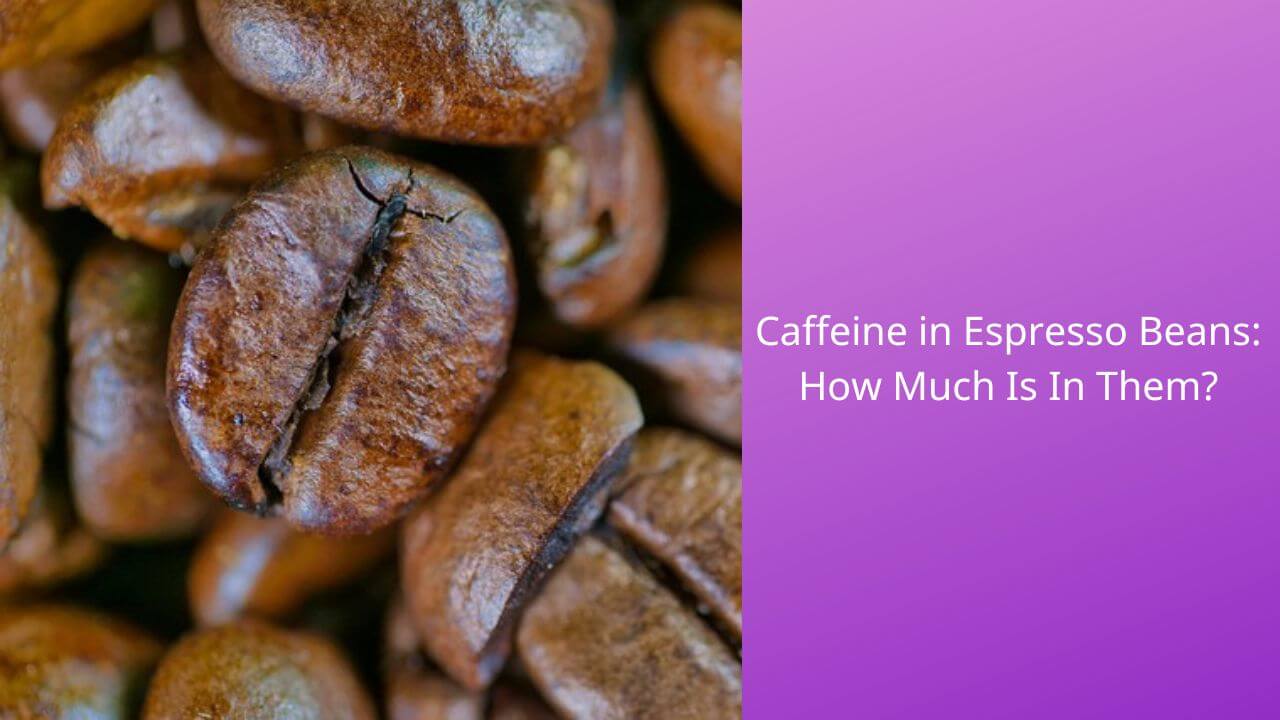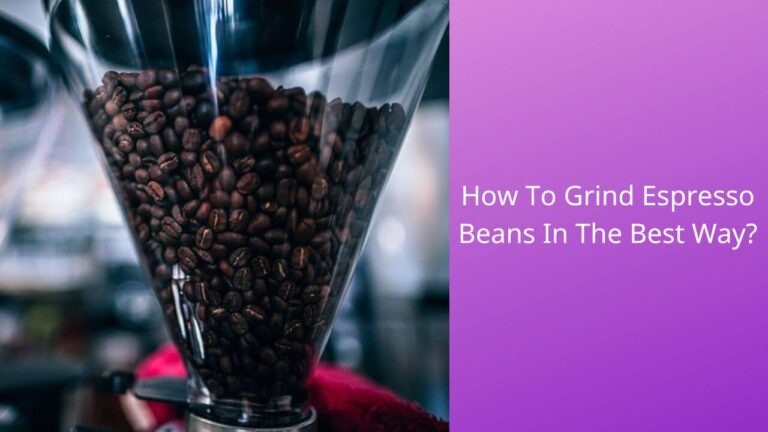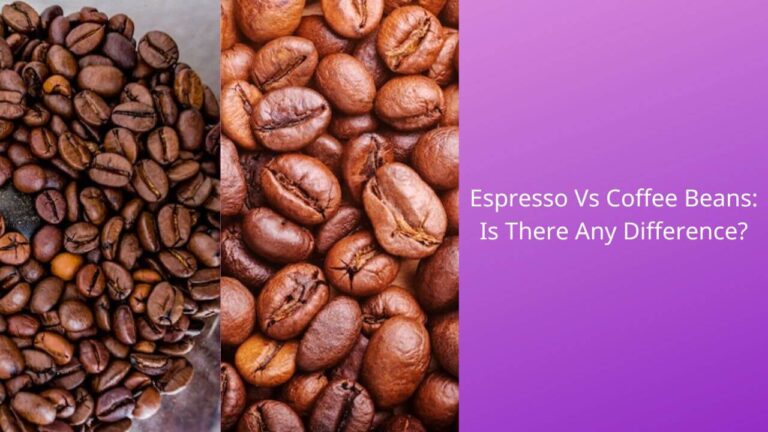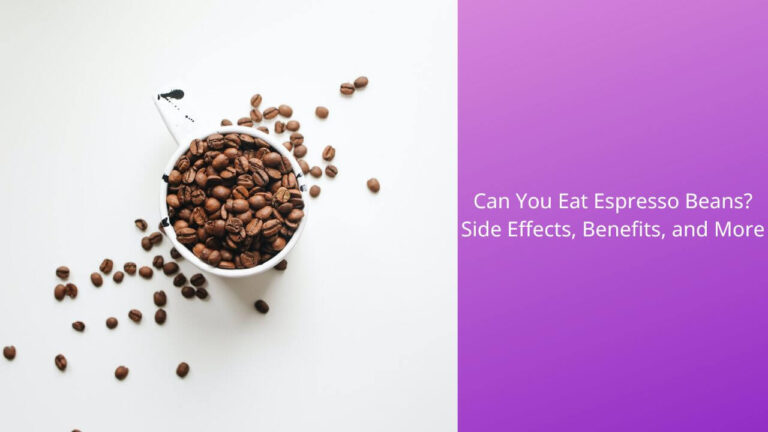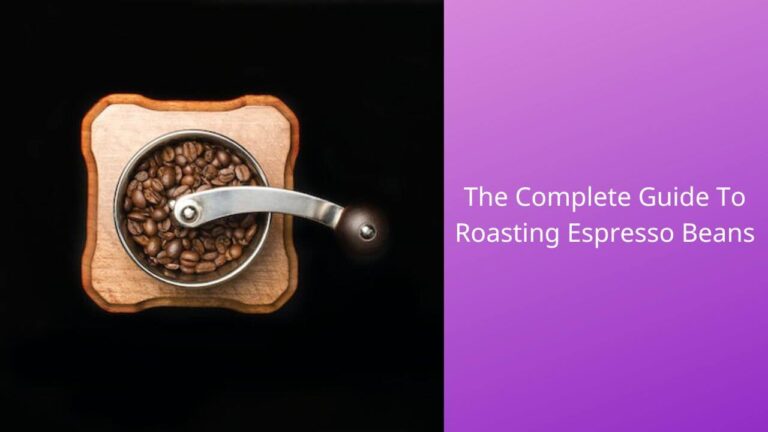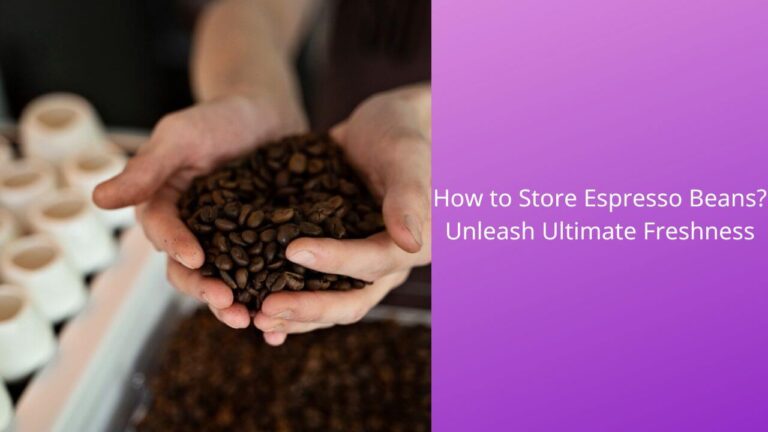The Ultimate Guide to Caffeine in Espresso Beans
Caffeine is coffee’s natural energizer. It gives coffee its distinctive punch and makes it a popular morning beverage. If you love espresso, you know caffeine can vary significantly from bean to bean. And while some people may enjoy a more robust cup of joe, others might prefer a weaker brew.
So, how do you know which espresso beans have the most caffeine? We’ve researched for you and compiled all the information on caffeine in espresso beans right here. So whether you’re looking for a little pick-me-up or want to stay away from too much caffeine, check out our ultimate guide.
What Affects The Caffeine Amount In Espresso Beans?
The amount of caffeine in espresso beans can vary depending on several factors, including the type of bean used, the grind size, and the brewing method. For example, a dark roast bean will generally produce less caffeine than a light roast bean.
The grind size also plays a role in determining the amount of caffeine in espresso beans. A finer grind will release more caffeine into the shot, while a coarser grind will produce less caffeine.
Finally, the brewing method can also affect the amount of caffeine in espresso beans. For example, a longer brewing or higher water temperature will extract more caffeine from the beans.
Overall, the amount of caffeine in espresso beans can vary depending on the type of bean used, the grind size, and the brewing method.
How Much Caffeine Is In Espresso Beans?

A single shot of espresso typically contains around 64 milligrams of caffeine, which is higher than the average cup of coffee containing 95 milligrams of caffeine.
How Does That Compare To Other Types Of Coffee Beans?
The amount of caffeine in coffee beans can vary depending on the type of bean used. For example, Arabica beans typically contain less caffeine than Robusta beans.
Arabica beans are generally considered of higher quality and have a more nuanced flavor than Robusta beans. They also tend to be more expensive. Arabica beans typically contain between 1.0% and 1.5% caffeine, while Robusta beans contain between 2.0% and 2.5% caffeine.
So, if we compare the average amounts of caffeine in Arabica and Robusta beans, we can see that Robusta beans have about double the amount of caffeine.
Arabica beans: 1.0% to 1.5% caffeine.
Robusta beans: 2.0% to 2.5% caffeine.
How Much Caffeine In Chocolate-Covered Espresso Beans?

Chocolate-covered espresso beans are a popular treat that blends the flavor of coffee with the sweetness of chocolate. However, these tasty treats also contain varying amounts of caffeine.
For example, dark chocolate contains more caffeine than milk or white chocolate. A study found that cocoa contained an average of 29 grams of caffeine per gram, while milk chocolate contained 10 grams of caffeine per gram.
An 8-gram serving size of dark chocolate contains about 232 milligrams of caffeine, while the same serving size of milk chocolate contains about 21 milligrams of caffeine.
So, when it comes to chocolate-covered espresso beans, the darker the chocolate, the more caffeine you can expect.
However, it’s essential to remember that the amount of caffeine in chocolate-covered espresso beans can vary depending on several factors, including the type and amount of chocolate used and the serving size.
Overall, chocolate-covered espresso beans are a delicious treat that provides a moderate dose of caffeine. If you’re looking for a healthier snack, you may opt for dark chocolate-covered espresso beans, which contain more caffeine than milk or white chocolate.
Common Questions About Caffeine in Espresso Beans
How does the roast level affect the amount of caffeine in espresso beans?
The longer a bean is roasted, the more caffeine it will release. This means darker roast beans typically contain higher amounts of caffeine than lighter roast beans.
How does the grind size affect the amount of caffeine in espresso beans?
Finer grinds will release more caffeine from the beans than coarser grinds. This means that a finer grind may contain more caffeine than a coarser grind, even when using the same type and amount of beans.
How does the brewing method affect the amount of caffeine in espresso beans?
The brewing method affects how much caffeine is released from the beans, with longer brew times or higher water temperatures resulting in more caffeine extracted from the beans. For this reason, espresso typically contains more caffeine than brewed coffee.
Conclusion
A lot goes into determining how much caffeine is in espresso beans, including factors such as the type of bean used, the roast level, and the grind size.
However, it’s important to remember that there can be significant variation between different types and brands of coffee beans, so the exact amount of caffeine may vary depending on your specific beans.
With that being said, darker roast beans tend to contain higher amounts of caffeine, while finer grinds will release more caffeine than coarser grinds.

